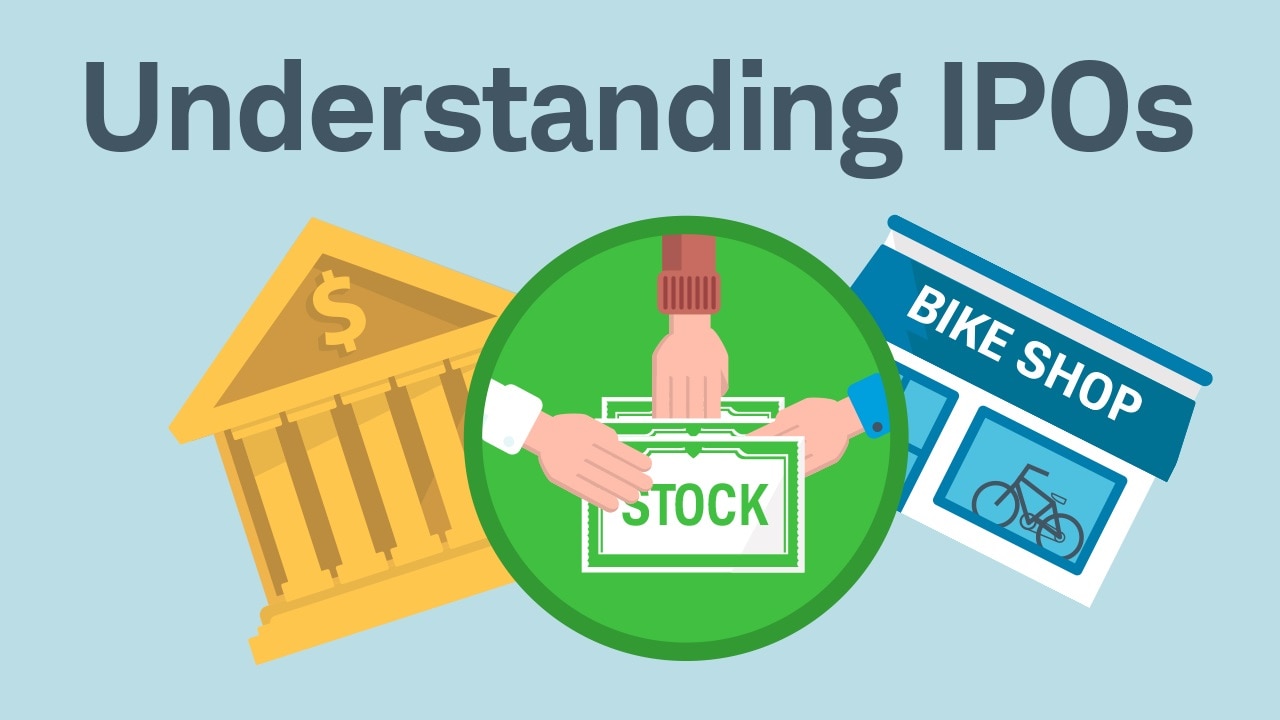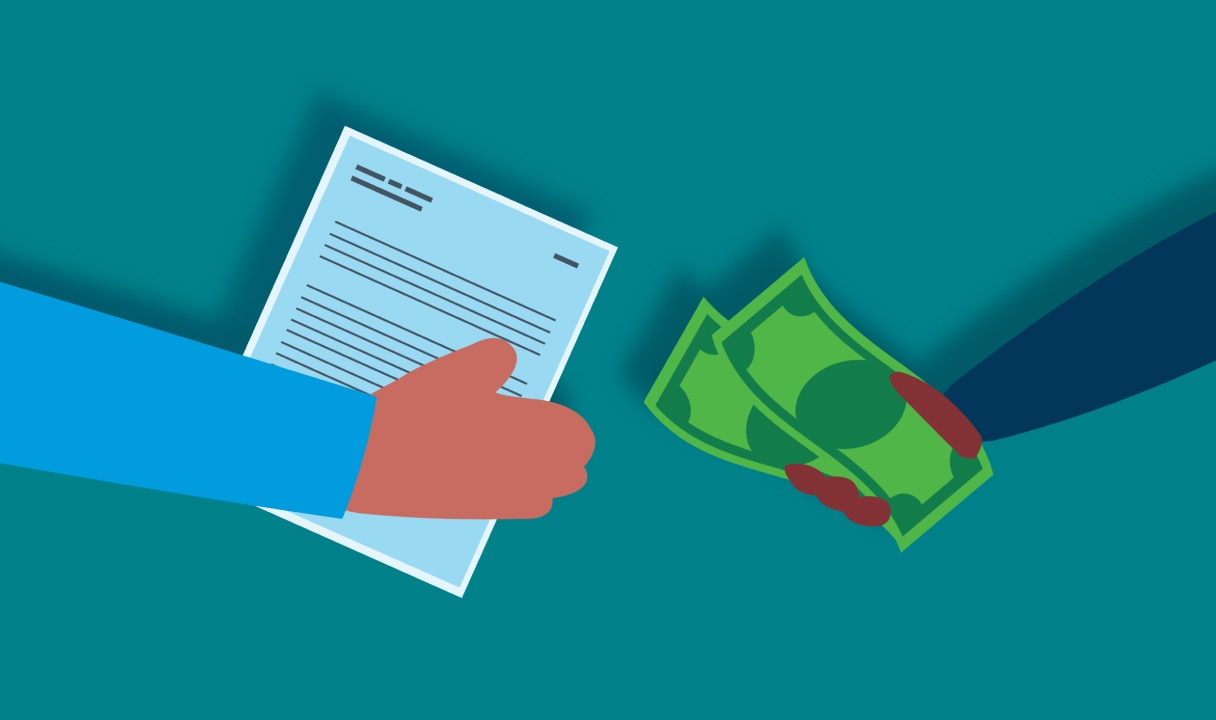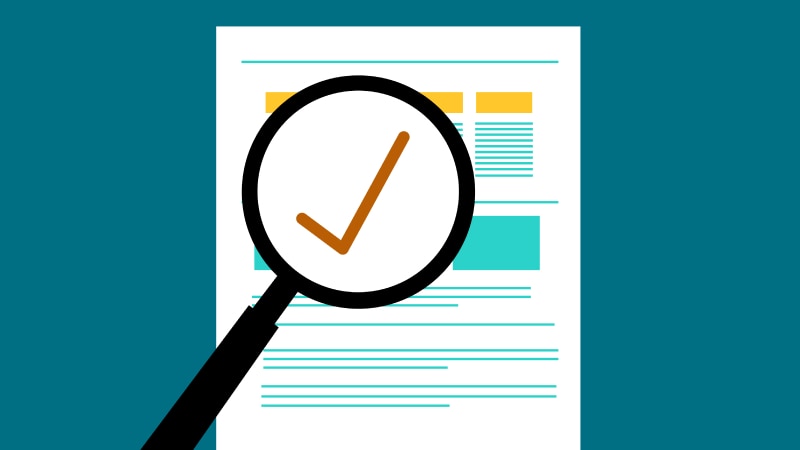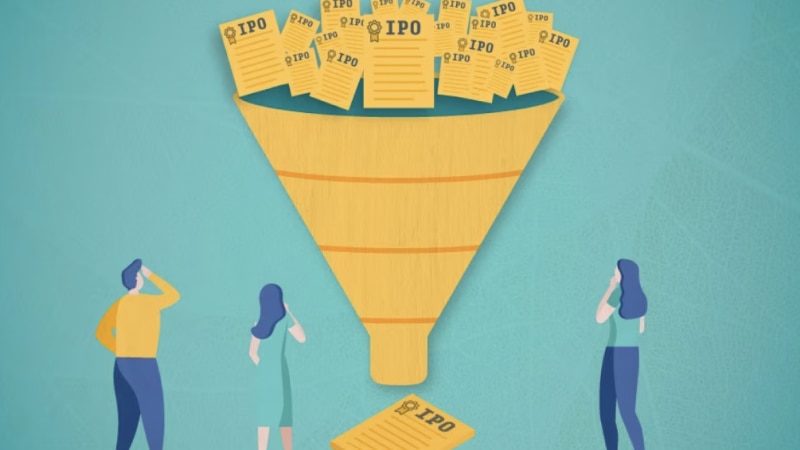New issue stocks: IPO stocks and DPO stocks
Learn about the different types of new issue stocks and how companies use them to raise capital.

What is an IPO?
An Initial Public Offering, or IPO, is when a private company becomes a public company by offering shares on a securities exchange such as the New York Stock Exchange (NYSE) or Nasdaq.
Private companies go public for a variety of reasons, the main one being to raise capital to reinvest and grow the business.
What you should know about IPOs
Participating in a new IPO through Schwab allows you to potentially purchase stock at the IPO price. The IPO price is determined by the investment banks hired by the company going public. If you meet eligibility requirements and Schwab is participating in the IPO you are interested in, you can place a conditional offer to purchase. Be sure to read the preliminary Tooltip prior to submitting a conditional offer to purchase IPO shares. Placing a conditional offer to buy does not guarantee that you will receive shares of the IPO.
What is a DPO?
A Direct Public Offering (DPO), also known as a direct listing, is a way for companies to become publicly traded without a bank-backed IPO.
Instead of raising new outside capital like an IPO, a company’s employees and investors convert their ownership into stock that is then listed on a stock exchange. Existing investors can cash out at any time without the "lockup" period of traditional IPOs.

What you should know about DPOs
DPOs are an alternative to IPOs in which a company does not work with an investment bank to underwrite the issuing of stock. Although forgoing the services of an underwriter provides a company with a quicker, less expensive way to raise capital, the opening stock price will be completely subject to market demand and potentially volatile market swings.
When a company directly lists on the open market, there are no eligibility requirements or forms to fill out. The only requirement is to have sufficient capital in your account to purchase stock.
Once the stock is listed, shares can be purchased by the general public in the same way any other stock is purchased.
Comparing IPOs and DPOs side by side
Explore the differences between IPOs and DPOs.
- Initial Public Offerings
- Direct Public Offerings
-
Shares are offered before the market opensShares start trading on an exchange with no previously issued shares
-
Not all investors may have access to the listed shares at firstEveryone has access to the shares at the same time
-
The issuing company typically relies on an underwriterThe issuing company cuts out the underwriter to save costs
-
The underwriter has a say in the terms of the offeringThe issuing company sets the terms according to its best interests
-
Generally attractive for larger companiesGenerally attractive for smaller companies
-
Process typically takes more timeProcess is usually faster
Risks to consider
Anyone interested in investing in IPO stocks needs to be aware of the unique risks associated with these securities that can adversely affect your investment, including:
- No prior market for the new issue exposes investors to potential price volatility as well as price uncertainty for IPOs (prior to issue).
- New issue companies are often smaller, newer, and lack operating history, making them riskier investments compared to more established publicly traded companies.
- After the new issue, if the company decides to offer additional securities to raise capital, it could dilute the interest of the existing shareholders.
- For DPOs, there is the potential for immediate insider selling, as there may not be any lockup provisions.
- Dependence on key personnel, which can have a significant effect on performance.
- For DPOs, the offering may have a minimum size, which, if not met, might result in offers not being filled or the offering being canceled.
Prior to entering a conditional offer to purchase, always read the initial prospectus for any new issue stock.
Additional stock trading resources
Not yet a Schwab client?
Already a client?
Have questions about new issue stocks? We're here to help.


